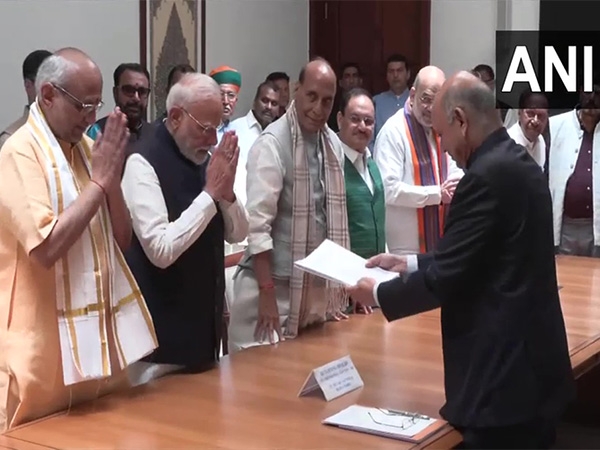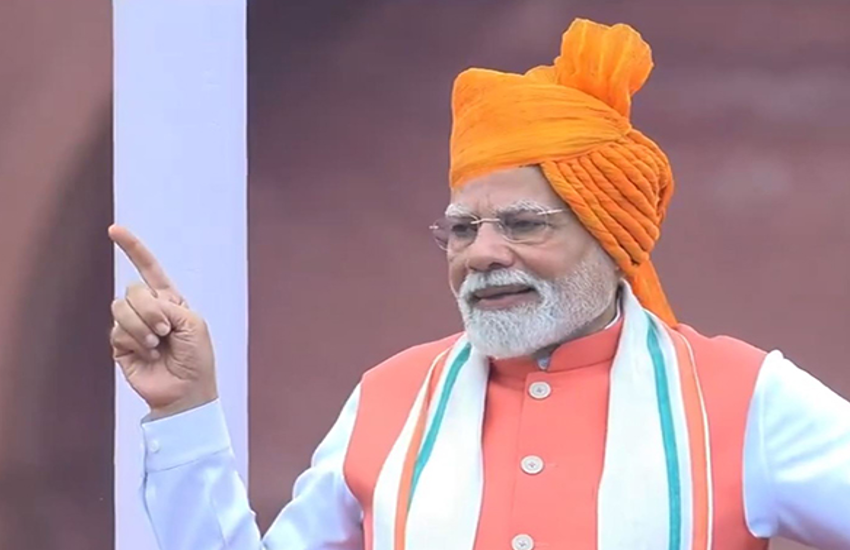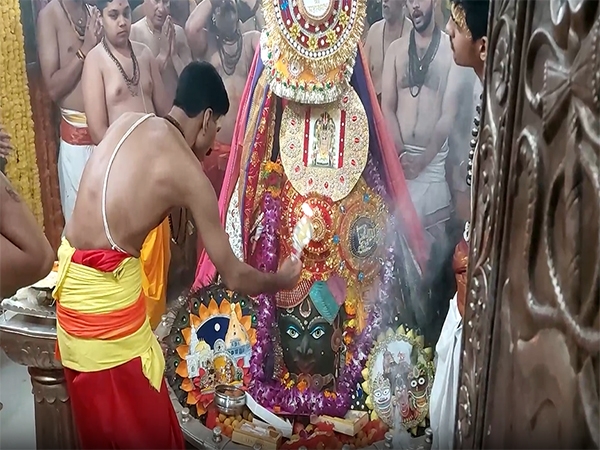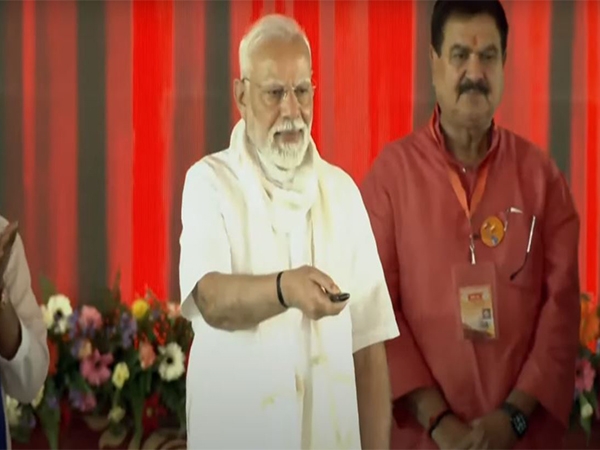
Parties in the race for the Bihar polls are keen to cash in on the popularity of social platforms like WhatsApp and Facebook, with an eye on connecting with the voters. It comes as no surprise though, considering the voting demographic.
Connecting to youth
About 56 per cent of Bihar's voter base comprises youngsters. And what better way to connect to them than by flooding them with sops across different mediums. Estimates reveal that there will be 8,000-10,000 young first-time voters in the 18-23 age group in every constituency. Parties have formulated aggressive digital strategies using social media platforms in a bid to capture and hold the attention of this technology-savvy age group.
BJP's social media mapping
In September, an India Today report claimed that the Bharatiya Janata Party (BJP) had conducted a constituency-wise social media mapping of the state. The saffron party is keen to emulate its success in the Maharashtra polls in Bihar and hopes to attract and motivate Bihar voters.
That being said, the party is also aware of the limitations of an aggressive digital strategy -- given the shallow internet penetration and use of smartphones in the state.
Facebook is a game-changer
Facebook pages like BJP Bihar, Bihar Elections and many more have been created to spread the word about the polls. These pages are flooded with Opinion polls, information about the candidates and updates about the elections.
बिहार में NDA का वादा, लड़कियों को स्कूटी और घर-घर में...
Posted by Bihar election 2015 on Thursday, October 1, 2015
The BJP might do well to take a leaf out of Prime Minister Narendra Modi's book when it comes to effectively utilising social media. Not only does our social media-savvy prime minister have accounts on most of the popular social media platforms, but is also known for bringing his characteristic style of engaging with audiences to a digital landscape.
WhatsApp, Bihar?
WhatsApp plays a pivotal role in connecting to people and disseminating information. According to reports, political parties in Bihar are promoting their candidates by sending messages to WhatsApp users. The platform is used to update voters about candidates, rallies and other election information. However, reporters claim that the use of WhatsApp is confined mostly to the press - who receive texts about the party and the activities of its candidates.
140 characters, 243 seats
#BiharElections2015 and #BiharPolls have been trending on Twitter for the last few weeks, with voters and party workers taking to the microblogging platform to express their views and share information. Political parties have also taken the fight to Twitter.
BJP indulging in vulgar display of it's black money muscle to add glitz to it's otherwise hollow Bihar election campaign.
— Lalu Prasad Yadav (@laluprasadrjd) October 11, 2015It's audacious how Modiji talks big on regional development in Munger while his Govt wants to scrap SCRA scheme inspite of my requests
— Nitish Kumar (@NitishKumar) October 8, 2015पहले हमारे डीएनए को गड़बड़ बताया,फिर बिहार को बीमारू और बिहार के लोगों को दुर्भाग्यशाली|अब महागठबंधन और लालूजी के लिए शैतान शब्द का प्रयोग
— Nitish Kumar (@NitishKumar) October 8, 2015It is to be noted that the remote areas of the state are usually left out in these social media strategies, which tend to focus on larger cities like Patna.
Bihar on Wikipedia
Bihar chief minister and Janata Dal United (JDU) leader Nitish Kumar, in August, launched the Bihar on Wikipedia campaign with an aim to strengthen Brand Bihar.
"We know much about Bihar's golden history, culture, great personalities, traditions and astonishing stories, but the world connected to the Internet doesn't. We are launching the Bihar on Wikipedia campaign for them to strengthen Brand Bihar," Kumar posted on a social networking site, reports PTI. He encouraged the internet obsessed youth to actively participate in the campaign.
With all the major political parties in Bihar - BJP, RJ(D) and JDU - working zealously to attract youth via popular internet platforms, it remains to be seen as to which party will emerge at the helm of the service-oriented state.






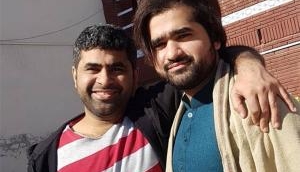

![BJP's Kapil Mishra recreates Shankar Mahadevan’s ‘Breathless’ song to highlight Delhi pollution [WATCH] BJP's Kapil Mishra recreates Shankar Mahadevan’s ‘Breathless’ song to highlight Delhi pollution [WATCH]](https://images.catchnews.com/upload/2022/11/03/kapil-mishra_240884_300x172.png)

![Anupam Kher shares pictures of his toned body on 67th birthday [MUST SEE] Anupam Kher shares pictures of his toned body on 67th birthday [MUST SEE]](https://images.catchnews.com/upload/2022/03/07/Anupam_kher_231145_300x172.jpg)


